Perfecting Marble and Travertine Tile Installation: The Complete Guide to Grout Line Sizes, Grout Widths, and Installation Tips

Introduction
When installing marble and travertine tiles, every detail counts to create a beautiful, long-lasting surface. While choosing the right tile is crucial, one often-overlooked aspect is grout line size. From securing the tiles in place to impacting the visual appeal, grout lines are a critical component in tile installations. Selecting the right grout line size can make a big difference in both the functionality and the aesthetic outcome of your project. This guide delves into everything you need to know about choosing, measuring, and maintaining grout lines, tailored specifically to marble and travertine installations.
In this article, you’ll find practical advice on selecting grout line widths, tips for a smooth installation, and answers to some of the most common questions regarding grout lines for marble and travertine. Whether you’re aiming for a seamless look or a bold design statement, understanding grout lines can elevate the final result of your installation.
Section 1: Understanding Grout Line Sizes for Marble and Travertine Tiles
Why Grout Lines Matter
Grout lines may seem like minor details, but they play several essential roles. Functionally, grout lines secure the tiles in place, helping to prevent movement that could cause cracks or damage over time. They also absorb slight shifts due to temperature or moisture changes, adding durability to your installation. For travertine, which has natural pores, grout lines aid in protecting the tiles by creating a more uniform surface that resists moisture infiltration. Aesthetically, grout lines define the tiles’ layout, affecting the overall look and feel of the space.
Types of Grout Line Widths
Choosing the appropriate grout line width can depend on the type of tile, desired look, and installation setting. Here are the three most common options:
-
Small Grout Lines (1/16 inch)
A 1/16 inch grout line is the smallest practical option and is ideal for a smooth, seamless appearance. This size is popular with marble installations where the goal is to achieve a unified look. Smaller grout lines require very precise installation and may be harder to maintain in high-traffic areas, as there is less grout to help hold the tiles together. -
Standard Grout Lines (1/8 inch)
A versatile choice, the 1/8 inch grout line provides enough stability for most tiles while offering a clean, classic look. This width works well with both marble and travertine, accommodating minor irregularities in tile edges without overpowering the tile design. -
Large Grout Lines (1/4 inch or more)
For a bolder effect, a grout line of 1/4 inch or more can create a rustic or intricate look, especially suitable for travertine with rough or chiseled edges. Larger grout lines are also practical for installations where tiles have variations in size, such as hand-cut or uneven tiles, as the wider grout can help bridge these gaps.
Section 2: Choosing the Right Grout Line Width for Different Tile Types
Marble Tiles and Grout Line Recommendations
Marble tiles are typically smooth and refined, making them well-suited for smaller grout lines that preserve a seamless aesthetic. For marble tile installations, a 1/16 to 1/8 inch grout line is generally recommended. A smaller grout line not only complements marble’s luxurious appearance but also minimizes the visibility of grout, allowing the natural beauty of the stone to stand out. However, in areas with frequent moisture, such as bathrooms, consider sealing the grout thoroughly to prevent water infiltration, as marble can be sensitive to moisture.
Travertine Tiles and Grout Options
Travertine has a unique character, with a natural texture and often a rustic appeal. This type of stone is usually installed with slightly wider grout lines to account for its irregular edges. A 1/8 to 1/4 inch grout line is ideal for travertine, as it provides the flexibility needed to work with the tile’s natural pits and uneven edges. The larger grout lines also enhance travertine’s texture, adding to its visual appeal. In outdoor installations or in areas exposed to water, wider grout lines make sealing easier, adding an extra layer of protection against moisture.
Section 3: Practical Tips for Grout Line Installation
How to Measure Grout Line Width Accurately
Accurate measurement is essential for consistent grout lines. Start by planning the tile layout, then measure the exact spacing between each tile. Tools like tile spacers are helpful, as they hold tiles in place during installation and ensure uniform spacing. Always double-check measurements as you go, especially when installing in high-visibility areas like kitchen backsplashes or bathroom walls.
How Grout Color Affects Visual Appeal
The color of grout can dramatically influence the final look of your installation. Matching grout colors create a more seamless, unified appearance, while contrasting colors emphasize the tile pattern and draw attention to each tile. For example, a white or light grey grout paired with white marble creates a soft, elegant look, while a darker grout with travertine tiles can add a bold, striking contrast.
Using Spacers for Consistent Grout Joint Sizes
Tile spacers are invaluable tools for keeping grout lines even. Available in various sizes, spacers ensure that the distance between tiles is consistent throughout the installation. Simply place spacers between each tile as you lay them down, then remove them once the adhesive has set. This method helps prevent irregularities and creates a professional finish.
Section 4: Common FAQs on Grout Lines for Marble and Travertine Tile Installations
-
What’s the best grout line size for marble tile installations?
- For marble tiles, a 1/16 to 1/8 inch grout line width works best, providing a seamless look that matches marble’s refined appearance.
-
Can travertine tiles have small grout lines?
- Yes, but slightly larger grout lines (like 1/8 or 1/4 inch) are often chosen to accommodate travertine's rustic edges.
-
How does grout thickness impact tile installation?
- The right grout thickness ensures stability and helps tiles withstand movement and moisture.
-
Should I use wide grout lines for floor tiles?
- Wide grout lines (1/4 inch or larger) may be beneficial for high-traffic areas where extra stability is needed.
-
What’s the standard grout line width for tiles?
- The standard width is typically 1/8 inch, suitable for most tiles.
-
Is there a minimum grout line size for marble tiles?
- The smallest grout line, 1/16 inch, is often used for marble installations for a sleek, seamless look.
-
How can I maintain even grout lines during installation?
- Use tile spacers, measure carefully, and check each row as you go.
-
What’s the thickest grout line size recommended for tile installations?
- The thickest practical size is around 1/2 inch, but this is rarely used except in decorative or very rustic applications.
-
Why are wide grout lines sometimes chosen over narrow ones?
- Wide lines allow for more movement, making them ideal for irregular or rustic tiles.
-
Can grout line thickness affect tile durability?
- Yes, properly sized grout lines improve the durability of the installation by balancing support and flexibility.
Section 5: Best Practices for Grout Line Maintenance in Marble and Travertine Installations
Cleaning and Sealing Grout Lines
- Sealing: Grout lines, especially in moisture-prone areas like bathrooms and kitchens, benefit from a high-quality sealer. Sealing protects grout from stains and moisture, essential for both marble and travertine installations.
- Regular Cleaning: Grout lines can attract dirt and grime over time, which affects the overall look of the installation. Use a pH-neutral cleaner to avoid damaging the grout or tiles.
- Avoid Harsh Chemicals: Acidic or abrasive cleaners can erode grout and damage natural stone tiles. Stick to gentle cleaning solutions.
Inspecting and Repairing Grout Lines
- Routine Inspection: Over time, grout can wear down or crack, especially in high-traffic areas. Regularly check for signs of damage and address them immediately to prevent moisture seepage.
- Re-grouting When Needed: For areas where grout has deteriorated, consider re-grouting to maintain the appearance and longevity of your installation.
Maintaining the Aesthetic Appeal of Grout Lines
- Choosing the Right Products: When resealing, look for products specifically formulated for natural stone, as these will protect the grout without compromising the tile.
- Consider Recoloring: If grout has become discolored, a grout stain can revitalize the appearance. Choose a color that complements the tile for a refreshed look.
Conclusion
Grout lines may seem like a minor detail, but they play a pivotal role in the look and longevity of marble and travertine tile installations. The right grout line width enhances the natural beauty of the stone, supports the structure, and makes maintenance easier. By choosing an appropriate grout line size, color, and following best practices for installation and maintenance, you can create a stunning, durable tiled surface that stands the test of time. Remember, every detail counts when working with natural stone, so take the time to plan, measure, and maintain grout lines that complement your marble or travertine tiles.

 Best Selling Marble Collections
Best Selling Marble Collections
 Arabescato Corchia
Arabescato Corchia Bardiglio
Bardiglio Bianco Dolomite
Bianco Dolomite  Carrara White
Carrara White  Calacatta Gold
Calacatta Gold Crema Marfil
Crema Marfil Custom Made Mosaic
Custom Made Mosaic Emperador Dark
Emperador Dark Nero Marquina
Nero Marquina Ming Green Marble
Ming Green Marble Oriental White Marble (Asian Statuary Marble)
Oriental White Marble (Asian Statuary Marble) Statuary - Statuario White (Italian) Marble
Statuary - Statuario White (Italian) Marble Thassos White
Thassos White White Pearl/Botticino Beige Marble
White Pearl/Botticino Beige Marble Best Selling Travertine Collections
Best Selling Travertine Collections
 Ivory Travertine
Ivory Travertine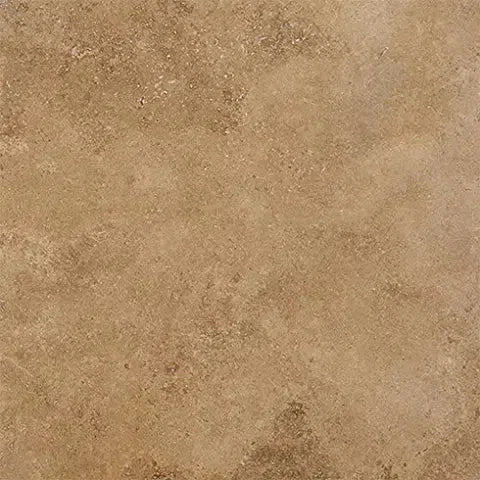 Noce Travertine
Noce Travertine Exotic Noce Travertine
Exotic Noce Travertine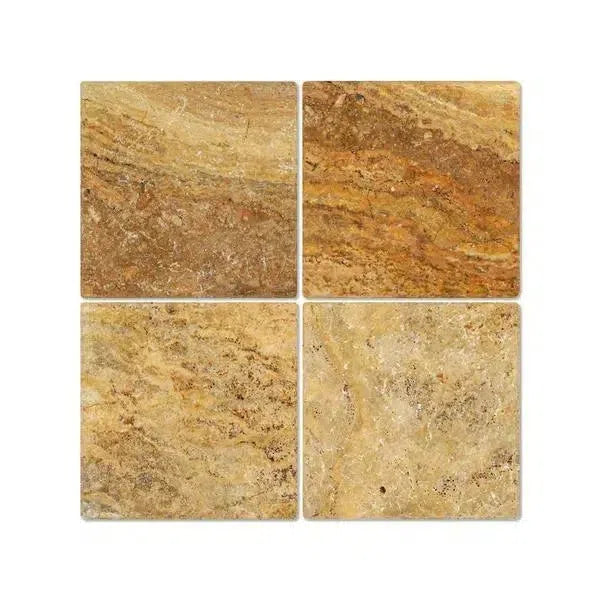 Scabos | Autumn Leaves Travertine
Scabos | Autumn Leaves Travertine Silver Travertine
Silver Travertine Exotic Travertine
Exotic Travertine Checkerboard
Checkerboard
 Patterned Tile
Patterned Tile
 Shop By Material
Shop By Material
 Travertine
Travertine Marble
Marble Limestone
Limestone Soap Stone
Soap Stone Quartz
Quartz Granite
Granite Shop By Name
Shop By Name
 Absolute Black Granite
Absolute Black Granite Atlantic Gray Marble
Atlantic Gray Marble Antico Onyx Travertine
Antico Onyx Travertine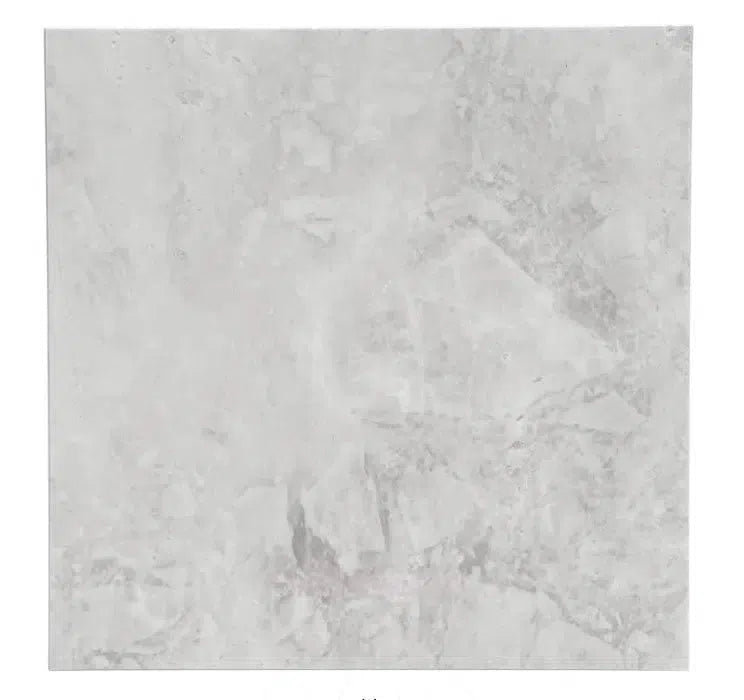 Bianco Congelato Dolomite
Bianco Congelato Dolomite Bianco Venatino (Bianco Mare) Marble
Bianco Venatino (Bianco Mare) Marble Calacatta Oliva Marble
Calacatta Oliva Marble Cappuccino Marble
Cappuccino Marble Diano Royal (Queen Beige) Marble
Diano Royal (Queen Beige) Marble Durango Cream Traverine
Durango Cream Traverine Emperador Light Marble
Emperador Light Marble Empress Green Marble
Empress Green Marble Gold/Yellow Travertine
Gold/Yellow Travertine Green Onyx Marble
Green Onyx Marble Haisa Light (White Wood) Limestone
Haisa Light (White Wood) Limestone Honey Onyx Marble
Honey Onyx Marble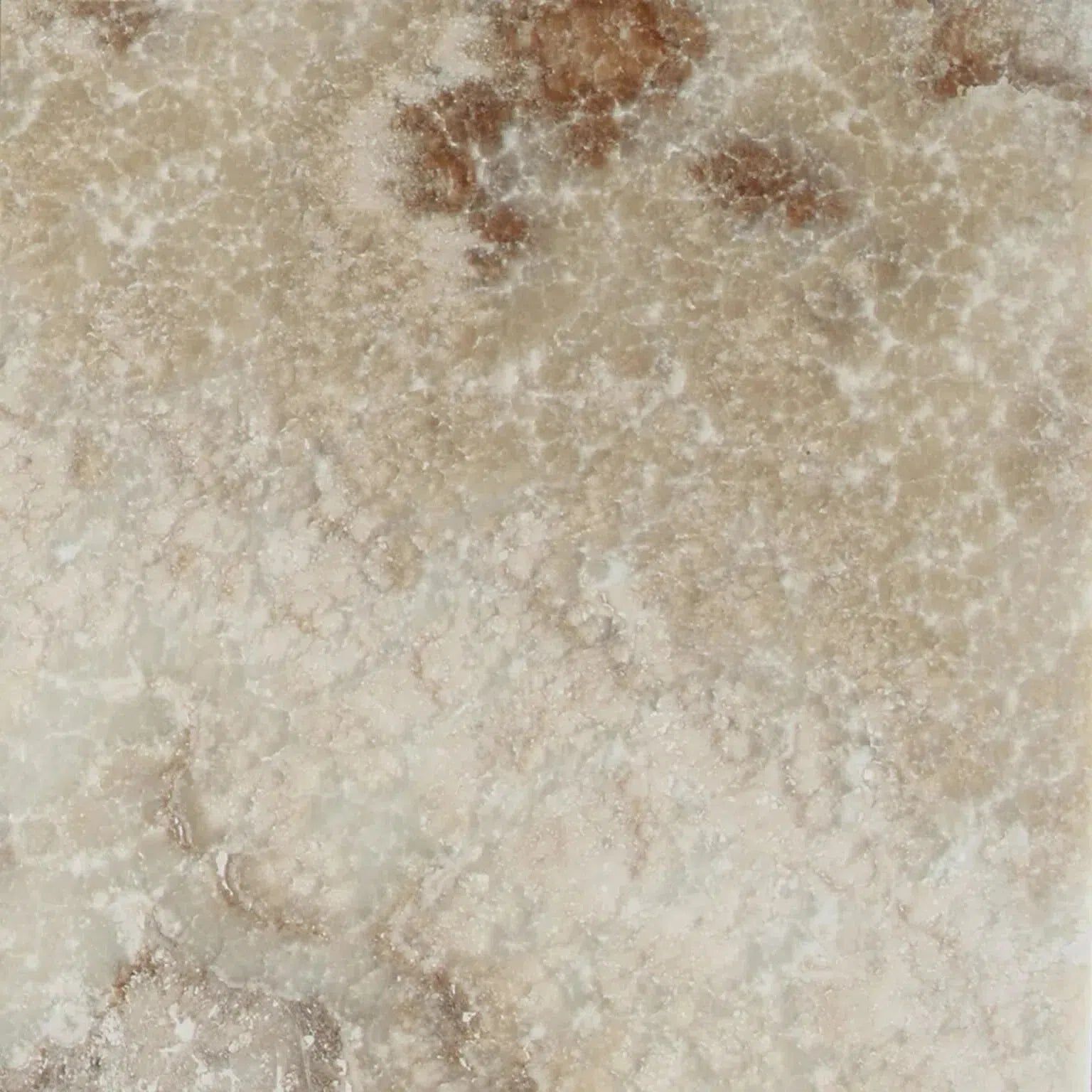 La Travonya Travertine
La Travonya Travertine Malibu Travertine
Malibu Travertine Mink (Equator) Marble
Mink (Equator) Marble Mixed (Ivory-Noce-Gold) Travertine
Mixed (Ivory-Noce-Gold) Travertine Pierre Bleue (Pierre Blue) Marble
Pierre Bleue (Pierre Blue) Marble Philadelphia Travertine
Philadelphia Travertine Rosé Aurora Marble
Rosé Aurora Marble Rosso Levanto Marble
Rosso Levanto Marble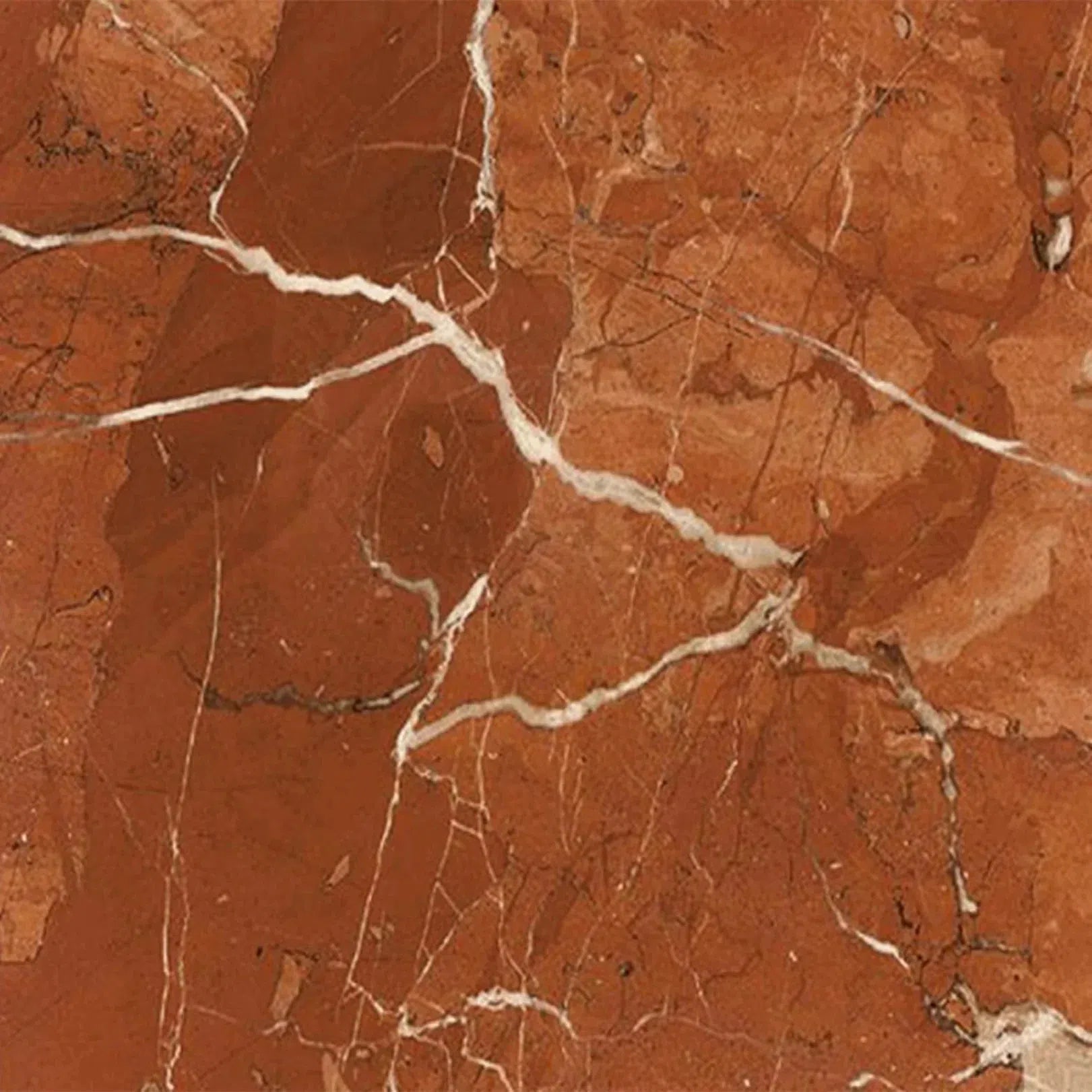 Rojo Alicante Marble
Rojo Alicante Marble Sky Blue | Azul Cielo Marble
Sky Blue | Azul Cielo Marble Snow White (Afyon White) Marble
Snow White (Afyon White) Marble Spanish Mix Marble
Spanish Mix Marble Storm Gray Marble
Storm Gray Marble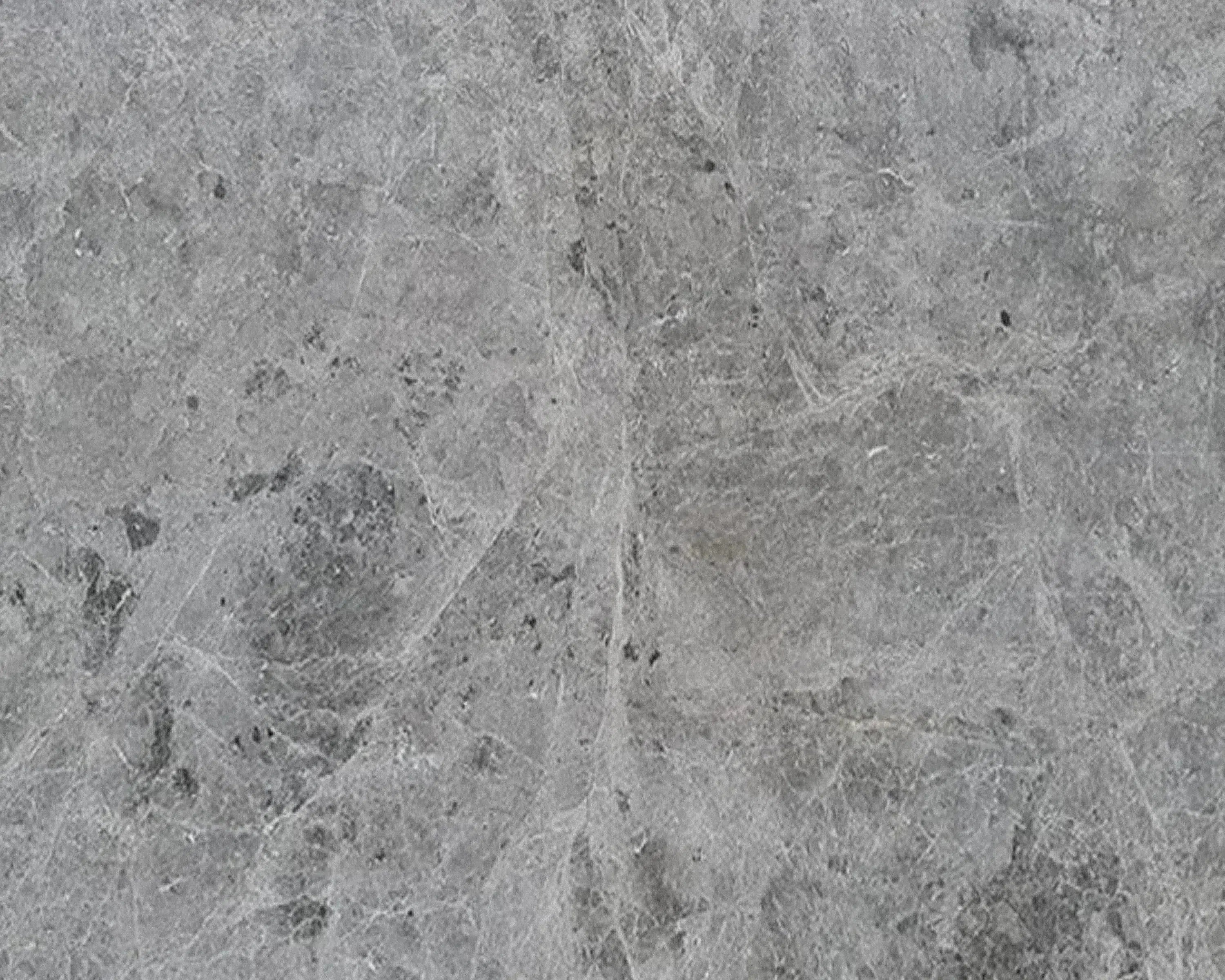 Tundra Gray (Atlantic Gray) Marble
Tundra Gray (Atlantic Gray) Marble Valencia Travertine
Valencia Travertine Valerenga Travertine
Valerenga Travertine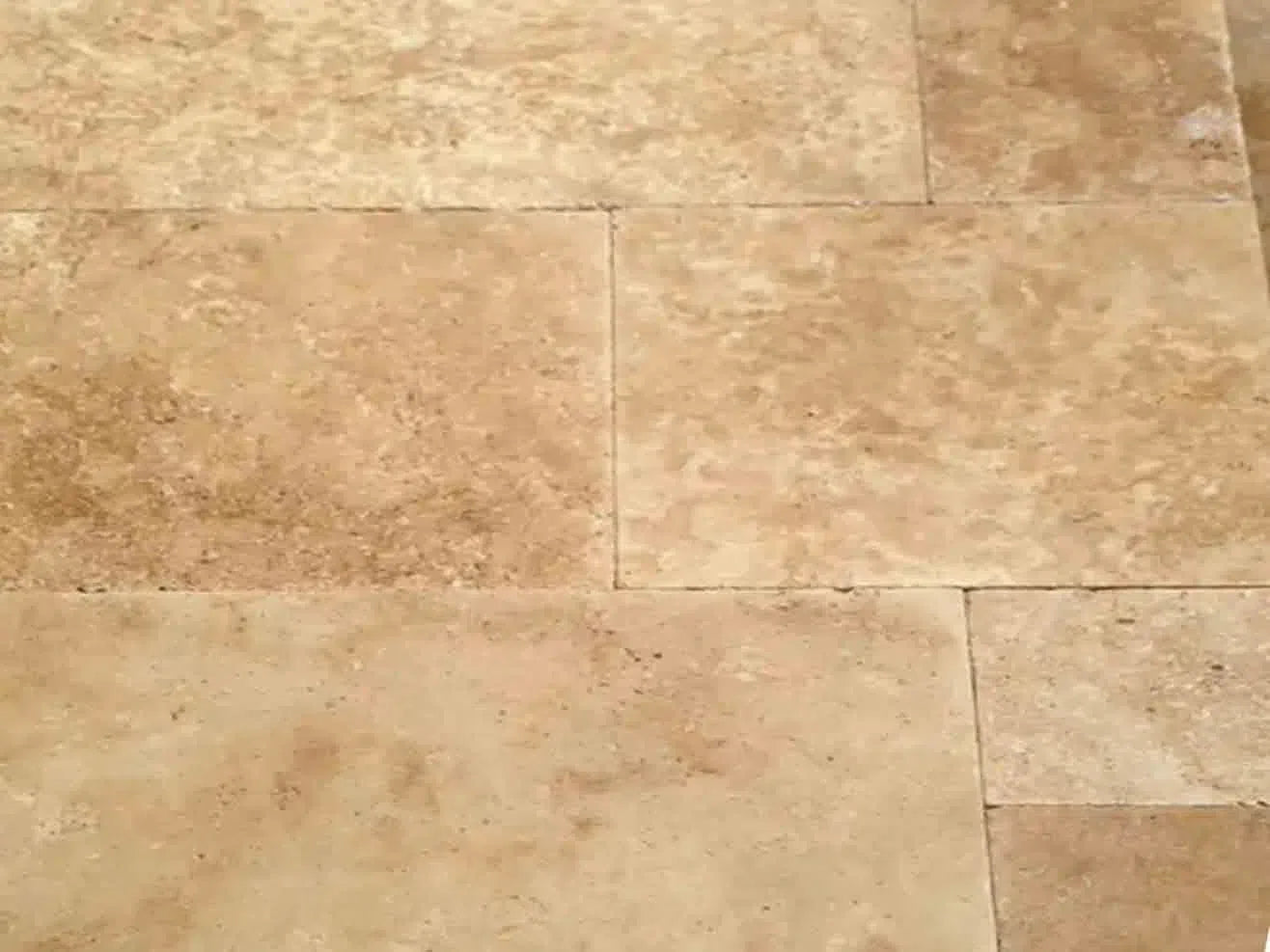 Walnut Travertine
Walnut Travertine White Onyx Marble
White Onyx Marble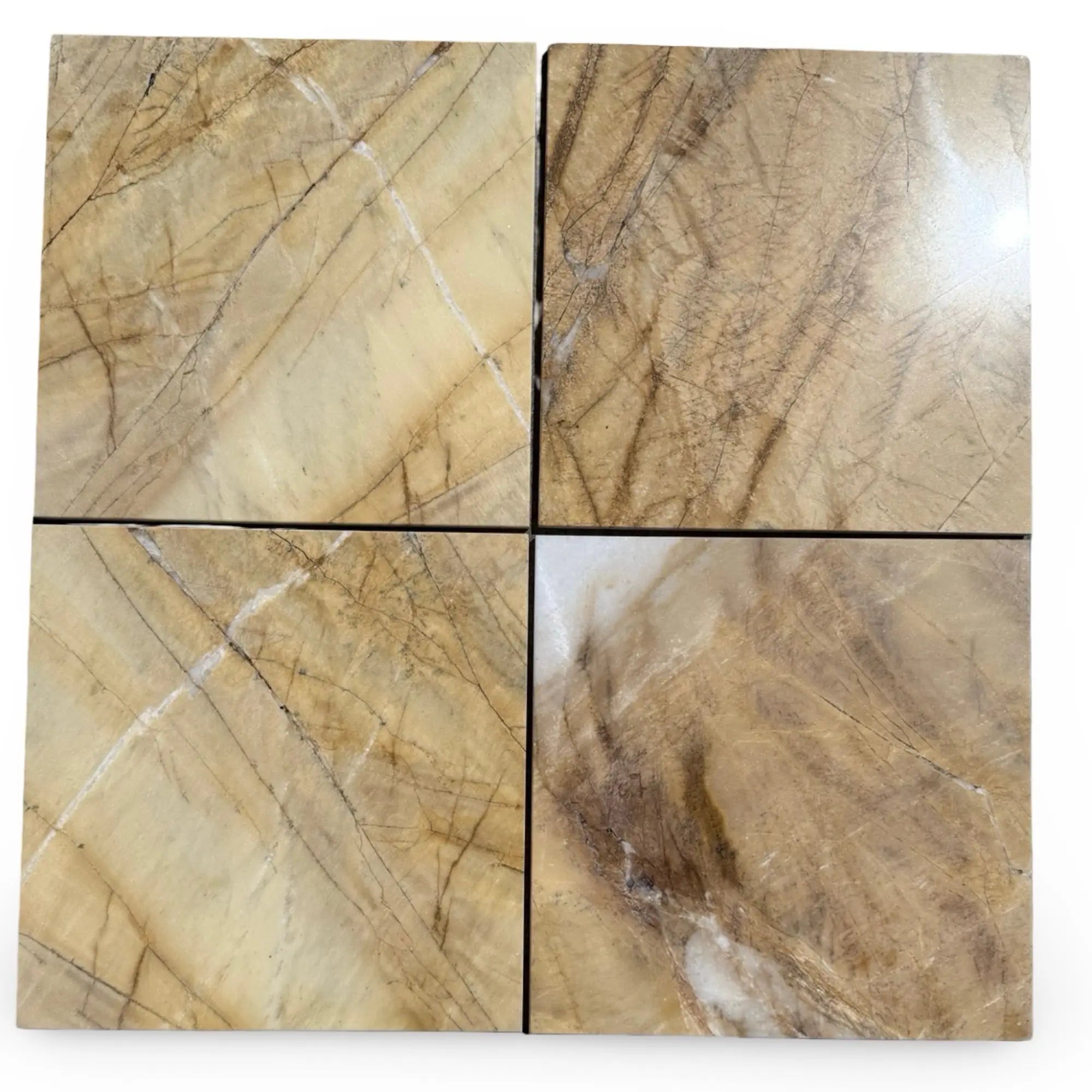 Golden Horizon Marble
Golden Horizon Marble Shop By Type
Shop By Type
 Marble Tiles
Marble Tiles Marble Mosaic
Marble Mosaic Travertine Tiles
Travertine Tiles Travertine Mosaic
Travertine Mosaic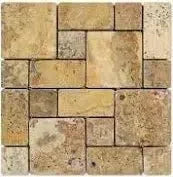 4 pcs Versailles Pattern / French Pattern Set
4 pcs Versailles Pattern / French Pattern Set Molding/Trim
Molding/Trim Border/Listello
Border/Listello Ledger-Panel
Ledger-Panel Checkerboard
Checkerboard Patterned Tile Collection
Patterned Tile Collection  Shop By Finish
Shop By Finish
 Polished
Polished Honed
Honed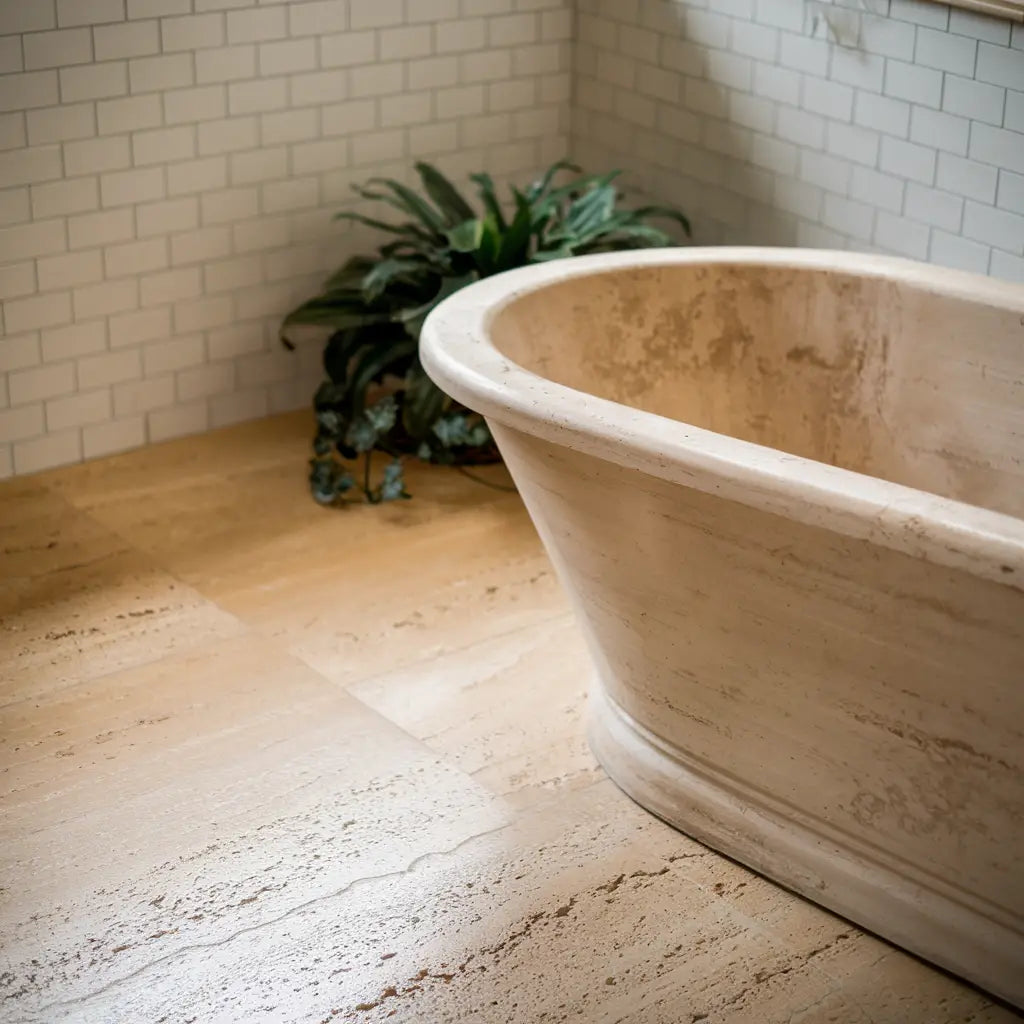 Brushed
Brushed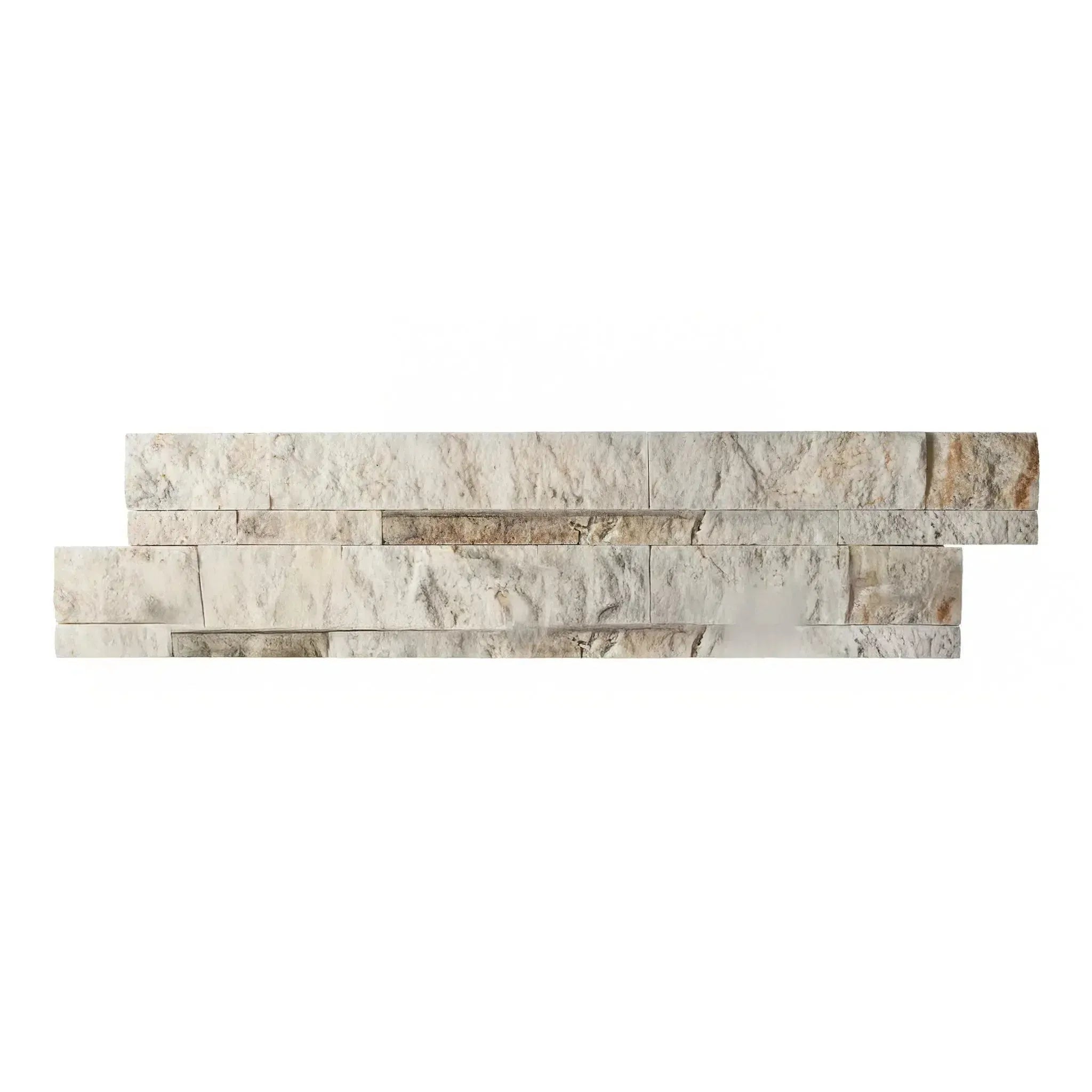 Split Face
Split Face Textured
Textured Tumbled
Tumbled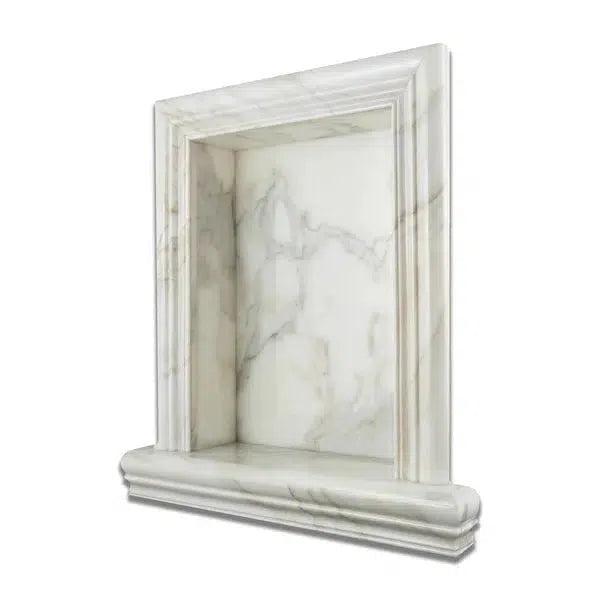 Accessories
Accessories
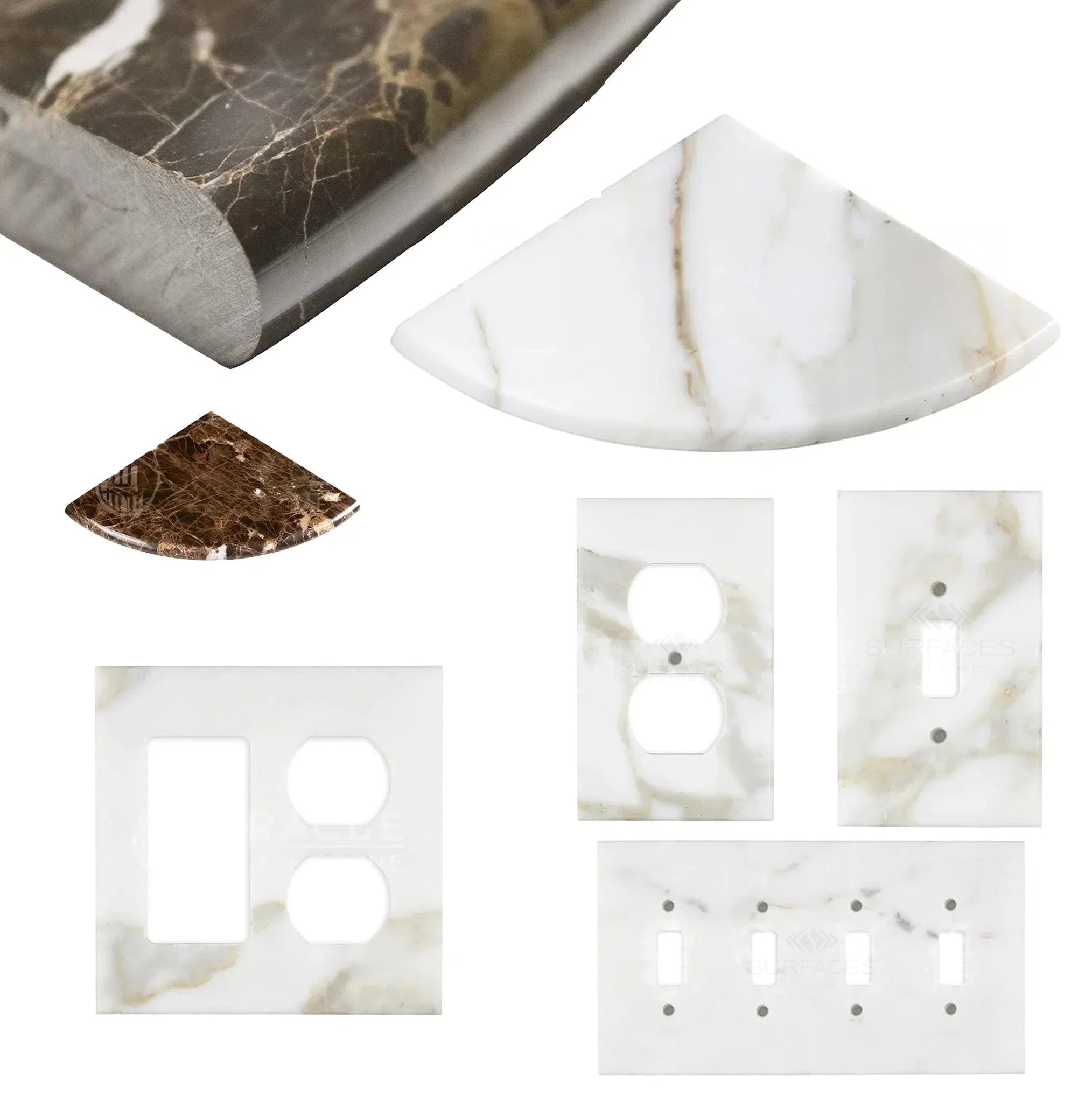 Wall Plate / Switch Plate
Wall Plate / Switch Plate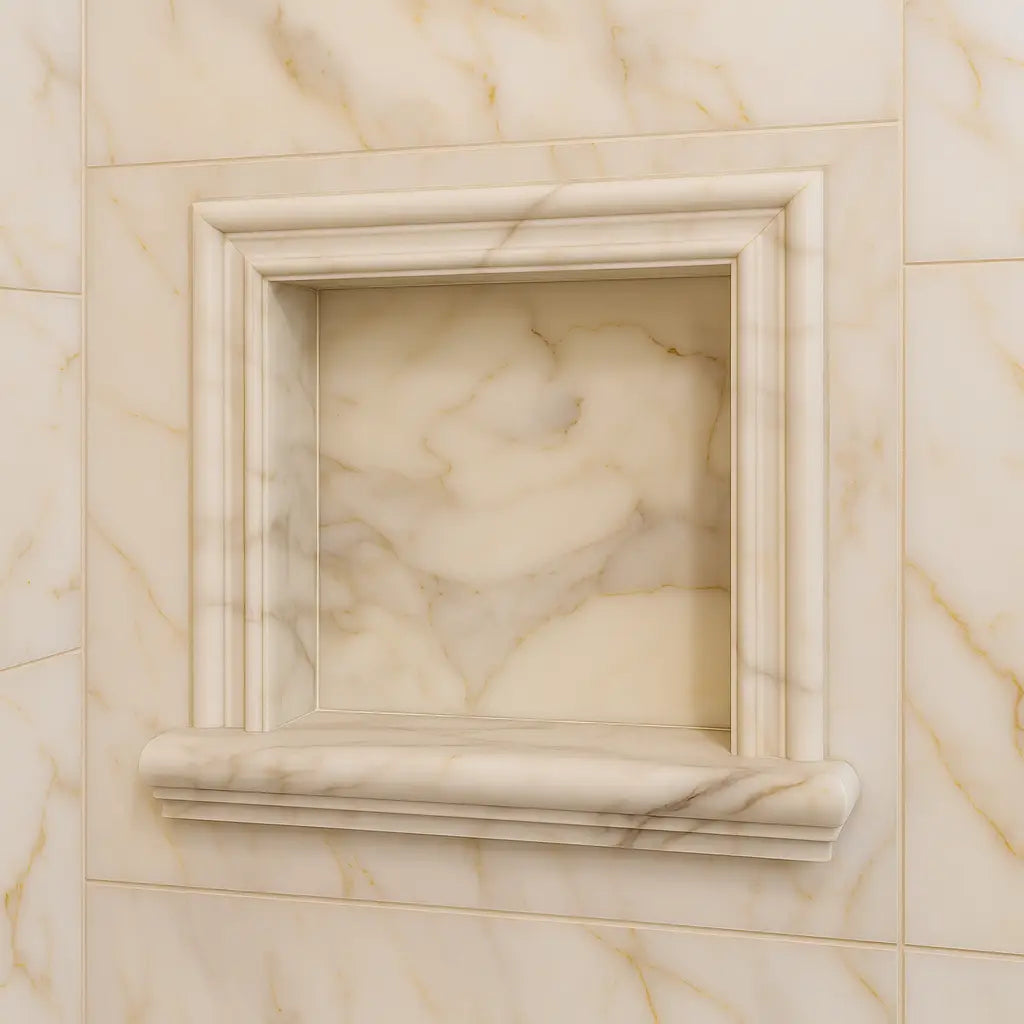 Shampoo Niche
Shampoo Niche Corner Shelf
Corner Shelf Clearance
Clearance





Leave a comment